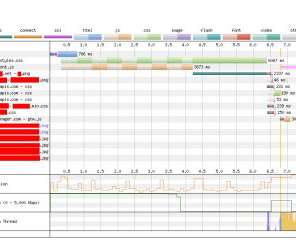Refactoring CSS: Optimizing Size And Performance (Part 3)
Smashing Magazine
AUGUST 30, 2021
In previous articles from this series, we’ve covered auditing CSS codebase health and the incremental CSS refactoring strategy , testing, and maintenance. Deploying the refactored codebase shouldn’t result in worse website performance and worse user experience. After all, users won’t wait around forever for the website to load.












Let's personalize your content